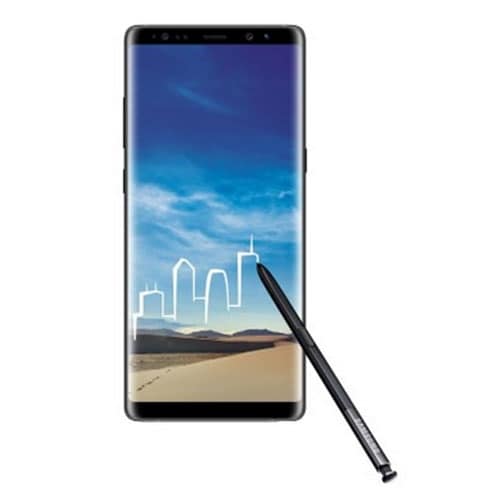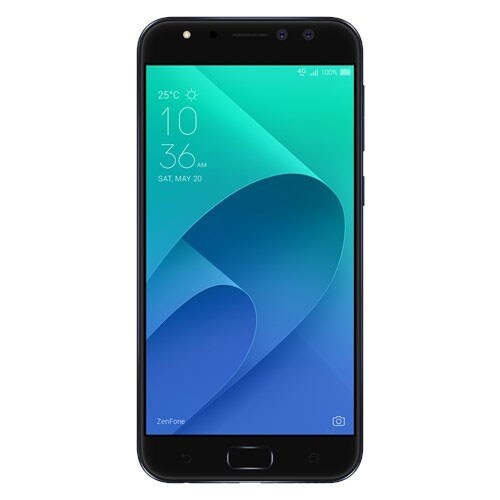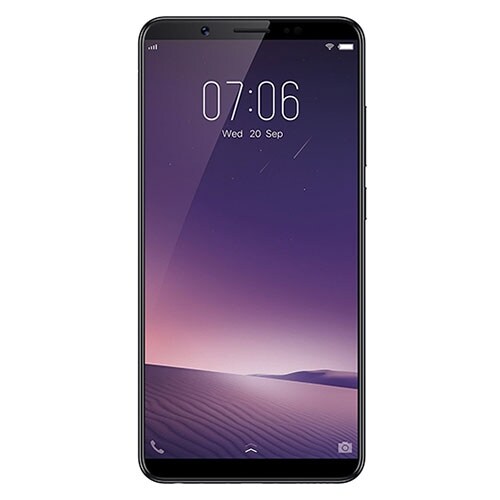Google’s latest flagship devices, Pixel 2 and Pixel 2 XL pack a dedicated System-on-Chip (SoC) for image processing.
The Google Pixel 2 devices boast of the highest rated smartphone cameras yet
However, the mere presence of the core is not that interesting to the fact that the SoC is not enabled right now. The company plans to activate the ‘dormant’ SoC in the upcoming developer preview of Android Oreo 8.1 (MR1).
The SoC is known as ‘Pixel Visual Core’ and it comes with its own CPU, DDR4 RAM, eight Image Processing Unit (IPU) cores, 512 arithmetic logic units and a PCIe line. According to a detailed report by ArsTechnica, this SoC was designed in-house by Google for ‘hardware-accelerated’ processing of the images. The report states that the eight-core IPU is capable of performing more than three trillion operations per seconds. Google claims that this core can help run its ‘HDR+ image processing’ about 5 times faster with about 1/10th of the energy that it takes now to shoot in the HDR+ using the main processor. The SoC supports Halide language for image processing and TensorFlow for machine learning.
Image credit: Google
Google will also let third-party apps to use the HDR+ image processing so that apps like Snapchat or Instagram can take images as good as the primary camera app straight from the viewfinder. The ‘Pixel Visual Core’ is not limited to image process as the company confirmed that the core is designed to handle image processing as well as machine learning apps. The company is already working on the next set of applications that are designed for the Visual Core hardware. One thing to note here is that Google could not integrate its ‘custom’ designed with Qualcomm Snapdragon ‘SoC’ because of Qualcomm’s design.

Image credit: Google
It is not the first time where the company has expressed interest in designing its own silicon ‘SoC’ and the report points out that Google was looking at making SoC’s designed for VR and AR applications. If this is the case then we can look forward to more custom ‘SoC’ in the successors of the Pixel 2 and 2 XL. The company pointed out that it will enable the core under ‘Developer options’ in the preview version of Android 8.1 before adding the support in its Android Camera API.
Published Date: Oct 17, 2017 10:14 pm | Updated Date: Oct 17, 2017 10:17 pm

















